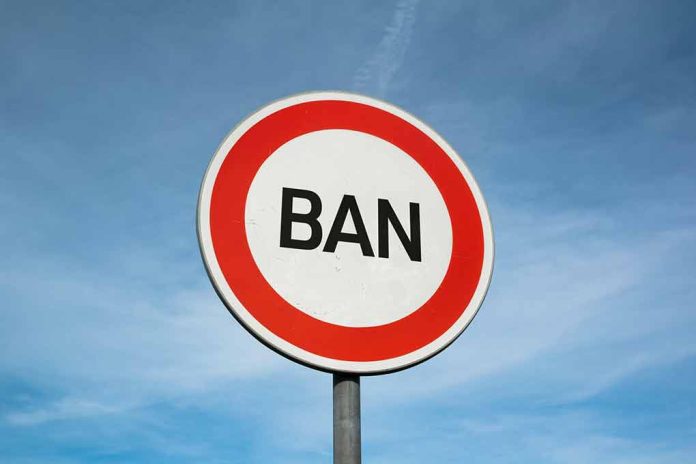
Utah has just stepped into the literary limelight, and not for the reasons you might expect. Hold onto your reading glasses, because we’re about to dive into a tale of banned books, concerned parents, and a whole lot of heated debate. Grab your favorite cup of joe, settle into your comfy chair, and let’s unpack this story that’s got conservatives cheering and liberals fuming.
Utah Takes the Lead in Statewide Book Banning
Utah has become the first state in the nation to implement a statewide ban on certain books in public schools. This unprecedented move has sent shockwaves through the educational community and ignited a fierce debate about censorship, parental rights, and the role of literature in shaping young minds.
The ban, which took effect on July 1, 2023, is the result of H.B. 29, a law signed by Governor Spencer Cox in March. Under this legislation, 13 books have been outlawed from all public schools in Utah, including works by renowned authors such as Judy Blume, Sarah J. Maas, and Margaret Atwood.
The Nuts and Bolts of H.B. 29
H.B. 29 requires schools to remove books deemed to contain “objective sensitive material.” This term is defined as pornographic or indecent material lacking “serious value” for minors. The law stipulates that a book must be banned statewide if it has been restricted in at least three school districts or two school districts and five charter schools.
The implementation of this law has raised concerns about the potential for widespread book disposal. Schools are required to legally dispose of banned books and are prohibited from selling or distributing them. This has led to fears among advocacy groups that this could be the beginning of broader “statewide book purges.”
The Books on the Chopping Block
Of the 13 books now banned in Utah schools, all but one were written by women. The list includes popular titles such as “A Court of Thorns and Roses” by Sarah J. Maas and “The Handmaid’s Tale: The Graphic Novel” by Margaret Atwood. These books have been flagged for containing descriptions of sexual activities or other content deemed inappropriate for minors.
This move aligns with a broader trend seen in conservative areas and red states across the country. Book bans have become increasingly common, often attracting criticism for what opponents view as censorship and an attempt to limit diverse perspectives in education.
The Backlash and Opposition
The Utah book ban has not gone unchallenged. Advocacy groups such as PEN America and Let Utah Read have vocally opposed the bans, arguing that they infringe on intellectual freedom and limit students’ access to diverse literature.
Critics of the law argue that it imposes censorship and undermines local preferences. School board members are engaged in an ongoing debate about the law’s restrictiveness and potential impact on students’ education and understanding of complex social issues.
As this story continues to unfold, it’s clear that the battle over books in Utah’s schools is far from over. With passionate arguments on both sides, this issue is likely to remain at the forefront of educational policy discussions for the foreseeable future.
Sources:
- H.B. 29 Sensitive Material Review Amendments
- Utah bans 13 books at schools, including popular “A Court of Thorns and Roses” series, under new law
- Books by Judy Blume, Sara J. Maas among 13 outlawed by Utah BOE in US’ first statewide books ban
- Utah bans 13 books in public schools statewide, including Judy Blume and Margaret Atwood titles
- Utah bans 13 books at schools, including popular “A Court of Thorns and Roses” series, under new law
- As LGBTQ library material comes under fire, California may ban book bans
More from Around the Web:
Rising book bans in US make school libraries political battlegrounds:
Restricted Access: The American History of Book Banning:
Author Marianne Williamson Responds:
Banning books is not just narrow minded. It is horrifying.
I hope reasonable people in Utah start doing zoom book clubs on all the banned books.
There should be a national network of Banned Books Book Clubs! https://t.co/bcxohp43om— Marianne Williamson (@marwilliamson) August 9, 2024
These books are now banned from all Utah public schools:
These books are now banned from all Utah public schools: pic.twitter.com/8uCyozsZyn
— David Gura (@davidgura) August 7, 2024










